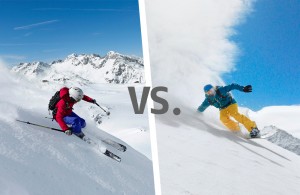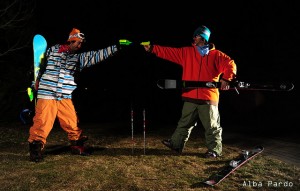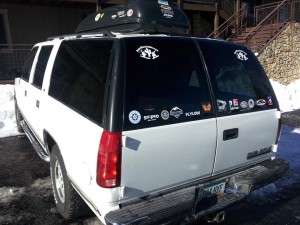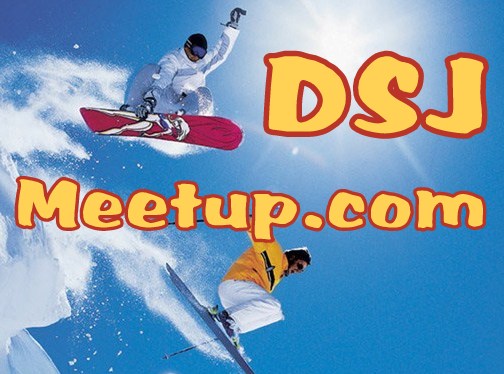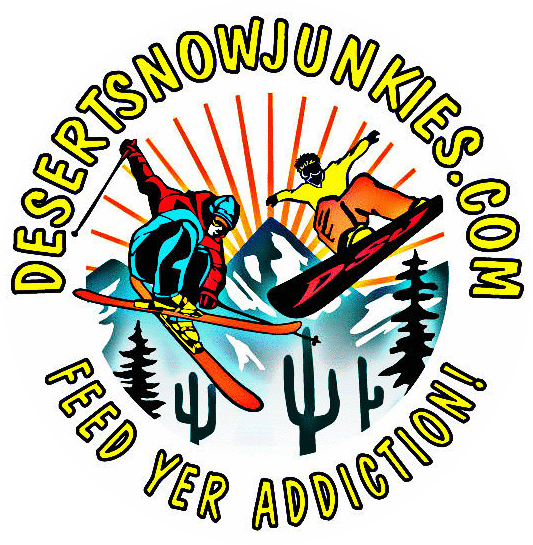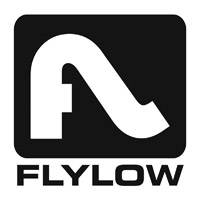Due to a simple so-called “clerical error” back in 2011, a Utah judge has recently granted Vail Resorts the right to evict the current and long-time owners of Park City Mountain Resort and basically take over. Sound crazy? The internet is replete with articles and maybe you’ve been able to keep up with this dispute as it has unfolded. But in case you haven’t, we’ll try to break down the complete story from start to finish and look at what the future may hold for the snow rider community.
THE PLAYERS
When referring to this dispute between Park City Resort and Vail, it really means PCMR and Powdr Corp. vs Vail Resorts and Talisker LLC.

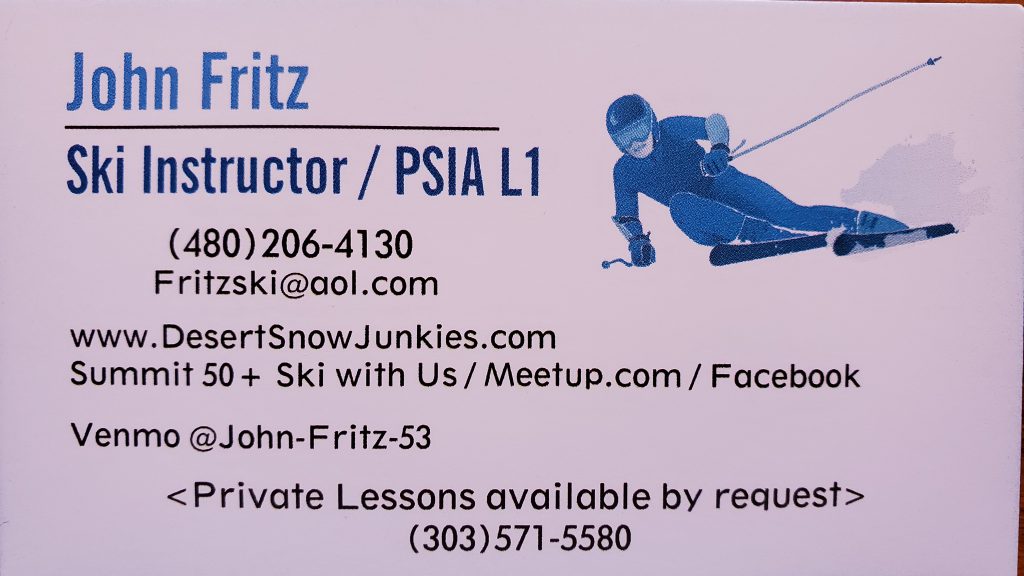



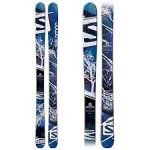
![burton-core-ltd-snowboard-bindings-black[1]](https://desertsnowjunkies.com/wp-content/uploads/2014/01/burton-core-ltd-snowboard-bindings-black1-150x150.jpg)
![57535.Image.1[1]](https://desertsnowjunkies.com/wp-content/uploads/2014/01/57535.Image_.11-150x150.jpg)
![ds7700_complete-500x500[1]](https://desertsnowjunkies.com/wp-content/uploads/2014/01/ds7700_complete-500x5001-150x150.jpg)


